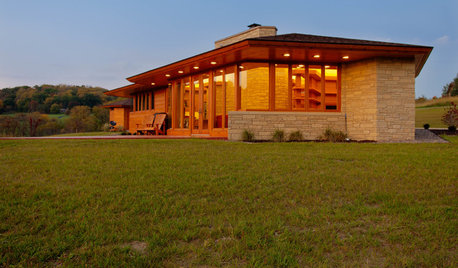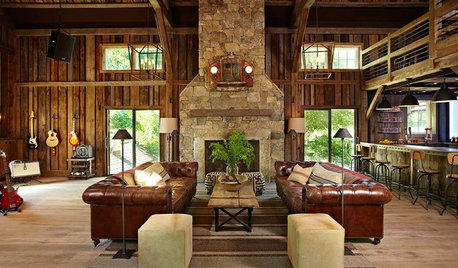moving large rocks
pops1
19 years ago
Featured Answer
Comments (21)
jeepster
19 years agolast modified: 9 years agoRelated Professionals
Lake Oswego Landscape Architects & Landscape Designers · Montgomeryville Landscape Architects & Landscape Designers · Alexandria Landscape Contractors · Bethel Park Landscape Contractors · Cerritos Landscape Contractors · Galt Landscape Contractors · Crystal Lake Decks, Patios & Outdoor Enclosures · High Point Decks, Patios & Outdoor Enclosures · Lake Morton-Berrydale Decks, Patios & Outdoor Enclosures · Layton Decks, Patios & Outdoor Enclosures · Lebanon Decks, Patios & Outdoor Enclosures · Lincoln Decks, Patios & Outdoor Enclosures · Myrtle Beach Decks, Patios & Outdoor Enclosures · Saint Louis Park Decks, Patios & Outdoor Enclosures · Verde Village Decks, Patios & Outdoor Enclosurestheron
19 years agolast modified: 9 years agobotann
19 years agolast modified: 9 years agobluebamboo
19 years agolast modified: 9 years agoDonPylant
19 years agolast modified: 9 years agonachodaddy
19 years agolast modified: 9 years agopops1
19 years agolast modified: 9 years agoDonPylant
19 years agolast modified: 9 years agoDonPylant
19 years agolast modified: 9 years agonachodaddy
19 years agolast modified: 9 years agoyama
19 years agolast modified: 9 years agonachodaddy
19 years agolast modified: 9 years agojeepster
19 years agolast modified: 9 years agobluebamboo
19 years agolast modified: 9 years agoedzard
19 years agolast modified: 9 years agobluebamboo
19 years agolast modified: 9 years agoedzard
19 years agolast modified: 9 years agobluebamboo
19 years agolast modified: 9 years agoedzard
19 years agolast modified: 9 years agobluebamboo
19 years agolast modified: 9 years ago
Related Stories

LIFERetirement Reinvention: Boomers Plot Their Next Big Move
Choosing a place to settle in for the golden years? You're not alone. Where boomers are going and what it might look like
Full Story
LANDSCAPE DESIGNHow to Move Water Through Your Landscape
Swales, underground pipes or a mix of both: There’s more than one way to distribute water in the garden
Full Story
LIFESo You're Moving In Together: 3 Things to Do First
Before you pick a new place with your honey, plan and prepare to make the experience sweet
Full Story
HOUZZ TOURSHouzz Tour: Usonian-Inspired Home With All the Wright Moves
A Chicago couple's weekend retreat fulfills a long-held dream of honoring architect Frank Lloyd Wright
Full Story
DECORATING GUIDESSingle Design Moves That Make the Whole Bedroom
Take your sleeping space from standard to extraordinary in one fell swoop
Full Story
LANDSCAPE DESIGNGet Your Garden Moving for a Magical Mood
Use wind, water and wild creatures to add dimension and life to your landscape
Full Story
KIDS’ SPACESSingle Design Moves That Can Transform a Child’s Room
Your children are unique and special. Why not give them a room to match?
Full Story
DECORATING GUIDESAdd Gorgeous Sparkle With Rock Quartz Crystal
Natural, abundant and full of character, rock crystal offers a solid statement for your home
Full Story
MAN SPACESHouzz Tour: Rocking Out in a Converted Stable
Get an all-access look at a decked-out Connecticut music space a rock star would love
Full Story
MOST POPULAR7 Ways to Rock a TV and Fireplace Combo
Win the battle of the dueling focal points with a thoughtful fireplace arrangement that puts attention right where you want it
Full Story





LouisWilliam